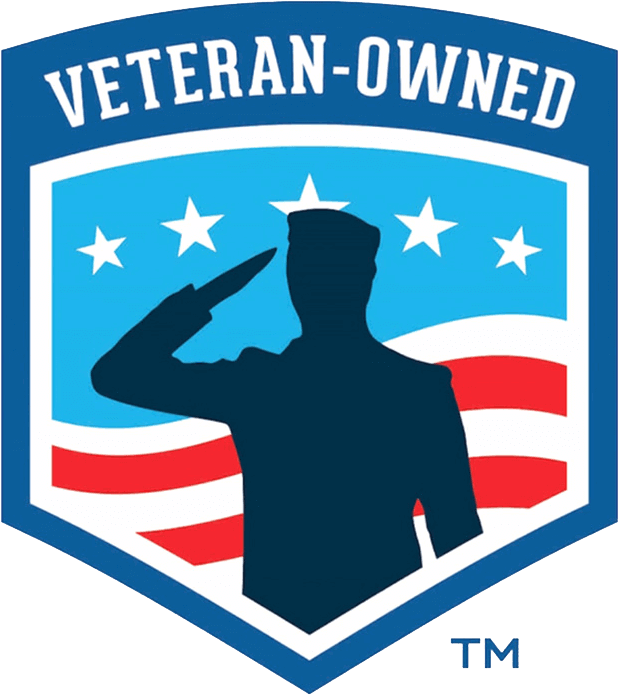Truck drivers carry supplies and items to businesses, retail stores, eateries, and other locations daily.
Most of this freight may be hauled and delivered by any professional truck driver with a CDL. Nonetheless, certain special categories of freight can only be transported by truck drivers who hold certain CDL endorsements and drive particular kinds of vehicles.
Drivers that can move these uncommon kinds of cargo have an edge and might increase their yearly income as a result. But what exactly is a CDL endorsement, and how does one get one?
Understanding CDL Endorsement
Certificates that are added to your license are called CDL endorsements. They confirm that you possess the knowledge and authorization needed to drive specialized commercial vehicles, including school buses. You need to pass a driving test and/or a knowledge test to receive an endorsement. Everybody has different needs.
Not all endorsements require a complete CDL to be attained. Additionally, your Commercial Learner’s Permit (CLP) might allow you to list them. You can practice driving an empty tanker truck with a commercial driver’s license holder if your CLP has the N endorsement. This is what most prospective tanker drivers go through. This also holds true for the S and P CLP endorsements, which let you operate passenger cars or empty school buses.
There are three distinct classifications for CDLs. The kinds of cars you can lawfully drive depend on the class of your license.
Two distinct weight ratings differentiate CDL classes:
- Gross vehicle weight rating (GVWR): The gross vehicle weight rating is the most weight that a car or trailer may safely tow.
- Gross combination weight rating (GCWR): The maximum combined weight of the car, its occupants, its cargo, and its trailer.
Prior to applying, it is imperative to comprehend the distinctions between the GVWR and GCWR requirements for every CDL class. Recall that the following minimum CDL criteria have been set by the federal government. It’s possible that your state has stricter laws.
Class A Licenses
The Class A CDL is designed for use with heavyweight tow vehicle/trailer combos. It permits you to operate a combination of vehicles with a gross combined weight rating (GCWR) of 26,001 pounds or more. If you possess a Class A CDL, you are authorized to tow a vehicle or trailer weighing 10,001 pounds or more.
A Class A CDL provides the greatest flexibility with the highest weight limits for commercial drivers. If you possess the required endorsements, you can use this license to operate a Class B or Class C vehicle.
Class B Licenses
Drive a freestanding vehicle with a gross vehicle weight rating (GVWR) of at least 26,001 pounds if you possess a Class B CDL. If the vehicle or trailer has a gross weight rating (GVWR) of 10,000 pounds or less, you can also tow it. You can drive Class C vehicles with a Class B CDL if you have the appropriate endorsements.
Class C Licenses
Operating vehicles that do not fall under Class A or Class B requires a Class C CDL, such as:
- any commercial vehicle weighing less than 26,001 pounds gross weight
- automobiles intended to accommodate sixteen or more persons
- vehicles used to transport hazardous items
A Class C CDL may also be necessary in your state if you are transporting students.
Types of Endorsements for CDLs
There are usually six different types of CDL endorsements that allow you to transport specific categories of cargo while some states offer more. To add these endorsements to your commercial driver’s license, you must complete additional training and exams.
Hazmat Endorsement (H)
The CDL endorsement H, sometimes known as hazmat, enables drivers to transport cargo that is categorized as hazardous chemicals. Hazmat cargo encompasses more than just radioactive material and explosives. You can classify household cleansers and other things as hazardous compounds. Class A and B CDLs can have the X endorsement added to them.
Passenger Endorsement (P)
Trucks with sixteen or more seats can be driven by drivers having a passenger endorsement (P). Those who want to operate buses or other large passenger vehicles must have this endorsement. Note that most Class A vehicles are not considered passenger vehicles, therefore this endorsement might not be helpful if you want to drive tractor-trailer trucks. A, B, and C licenses can add this kind of CDL endorsement.

Tanker Endorsement (N)
When driving a tanker (N) endorsement, one who is carrying either liquid or gaseous cargo. Drivers learn about weight distribution and how it changes during transportation with this endorsement training and exam. Further training on operating trucks with non-solid cargo is required since it causes the tanker’s weight balance to shift, changing how the vehicle behaves. A and B licenses can have the tanker CDL endorsement applied to them.
School Bus Endorsement (S)
School bus operators must have both the P and S endorsements. The CDLs A, B, and C are eligible for this endorsement.
Double/Triple Trailer Endorsement (T)
You can transport freight in double and triple trailers with this kind of CDL endorsement. Because of their length and weight, these extended trailers provide unique obstacles as well as an increased risk of rolling over. The T CDL endorsement may be added to Class A and B licenses.
Combination Hazmat & Tanker Endorsement (X)
Since many hazardous products must be transported in tankers since they are conveyed in liquid or gaseous form.This type of CDL endorsement, which combines tanker and hazmat endorsements, allows truck drivers to transport a wider variety of hazardous materials. The X endorsement can be added to Class A and B CDLs.
Which CDL Endorsements Ought I to Obtain?
Depending on the career route you go on, there are different CDL endorsements you need to obtain. At Advanced Trucking, we strongly advise grads to obtain a Hazmat cargo endorsement, if not more. This kind of CDL endorsement is very beneficial because many different kinds of freight are regarded as hazardous materials.
The N endorsement for tankers, the X endorsement for the hazmat and tanker combo, and the T endorsement for double or triple trailer vehicles are additional endorsements to take into account. As drivers, this removes limitations and increases their work opportunities and route choices.



